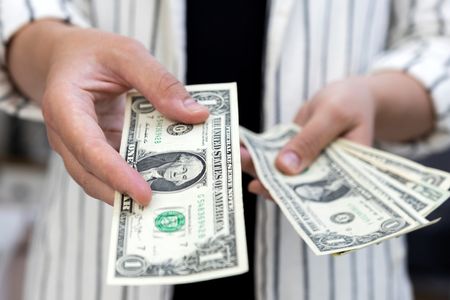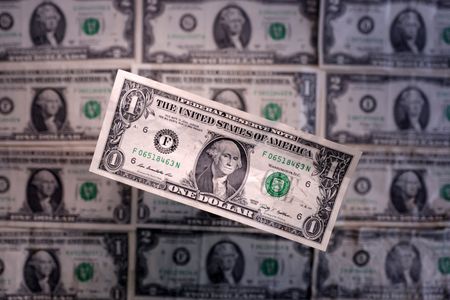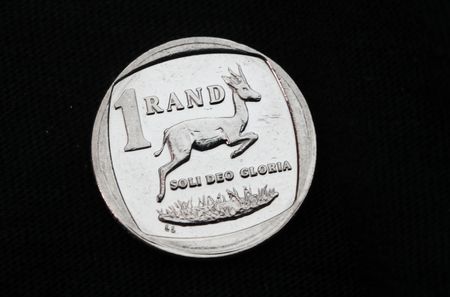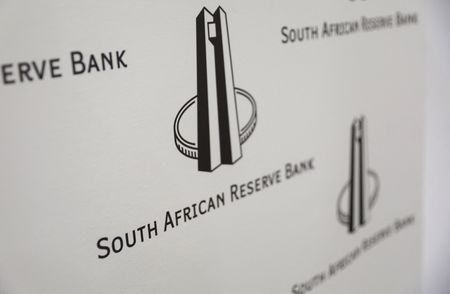By Gregor Stuart Hunter
SINGAPORE (Reuters) – The yen strengthened against the U.S. dollar on Friday after the Bank of Japan held interest rates steady and unveiled plans to sell holdings of exchange-traded funds and real estate investment trusts, unsettling investor sentiment after the Federal Reserve’s rate cut this week.
Against the yen, the dollar was last down 0.4% at 147.325 yen after the decision to maintain interest rates at 0.5%, which brought two dissenting votes from board members.
“This was unexpected, and suggests that perhaps policy rate hikes may be coming sooner than anticipated,” said David Chao, global market strategist for Asia-Pacific at Invesco in Singapore. The central bank’s next meeting on October 30 will now be a live meeting, and “the best chance for a rate hike for the rest of this year,” he added.
The decision comes after data released earlier on Friday showed core consumer prices in Japan rose at their slowest pace in nine months.
Market attention now turns to Governor Kazuo Ueda’s press conference at 3:30 p.m. (0630 GMT) on Friday. However, before his comments, traders will first focus on a press conference held by veteran Japanese lawmaker Sanae Takaichi, a fiscal dove who is vying to become the country’s first female prime minister, and is seen as the frontrunner in the race.
The LDP leadership election to decide who will replace outgoing Prime Minister Shigeru Ishiba is likely to tie the BOJ’s hands for now, said Ray Attrill, head of FX strategy at National Australia Bank in Sydney. “Given that uncertainty, it’s hard to see governor Ueda giving any hints, so I assume we’ll get the normal platitudes,” he said. Across the broader currency market, traders are weighing the long-term economic impact on the dollar, the preeminent global reserve currency, from the Trump administration’s barrage of tariffs on imported goods from overseas and a wider shake-up in policymaking.
The U.S. Supreme Court on Thursday set a date of November 5 for arguments it will hear concerning the legality of Trump’s global tariffs in a major test of one of the Republican president’s boldest assertions of executive power that has been central to his economic and trade agenda.
Trump has also repeatedly criticised the Fed for not cutting rates quickly and more deeply, stoking concerns about the independence of the U.S. central bank.
On Thursday, the Trump administration asked the U.S. Supreme Court to let the president move ahead with firing Federal Reserve Governor Lisa Cook – a move without precedent since the central bank’s founding in 1913. The market is ramping up bets on further easing, with pricing of Fed funds futures implying a 90.9% probability of a 25-bp cut at the central bank’s October meeting, up from a 87.4% a day earlier, according to the CME Group’s FedWatch tool. Foreign demand for dollar-denominated fixed income assets remained healthy, with data from the Treasury Department showing overseas holdings of U.S. Treasuries rising to a record in July, surpassing previous highs for a third straight month, led by gains in holdings from Japan and the United Kingdom.
The euro was 0.1% weaker at $1.1773, paring gains for the week after hundreds of thousands took part in anti-austerity protests across France on Thursday. Sterling was at $1.3544, down 0.1% so far on the day, after the Bank of England kept interest rates on hold and slowed the pace of its programme to run down its government bond stockpile on Thursday. The kiwi slipped 0.2% to $0.5870, extending losses after its biggest one-day decline since April on Thursday in the wake of grim second quarter GDP data. The offshore yuan traded at 7.1104 yuan per dollar, little changed on the day, while the Australian dollar fetched $0.6601, sliding 0.2%.
(Reporting by Gregor Stuart Hunter; Editing by Shri Navaratnam and Jacqueline Wong)











